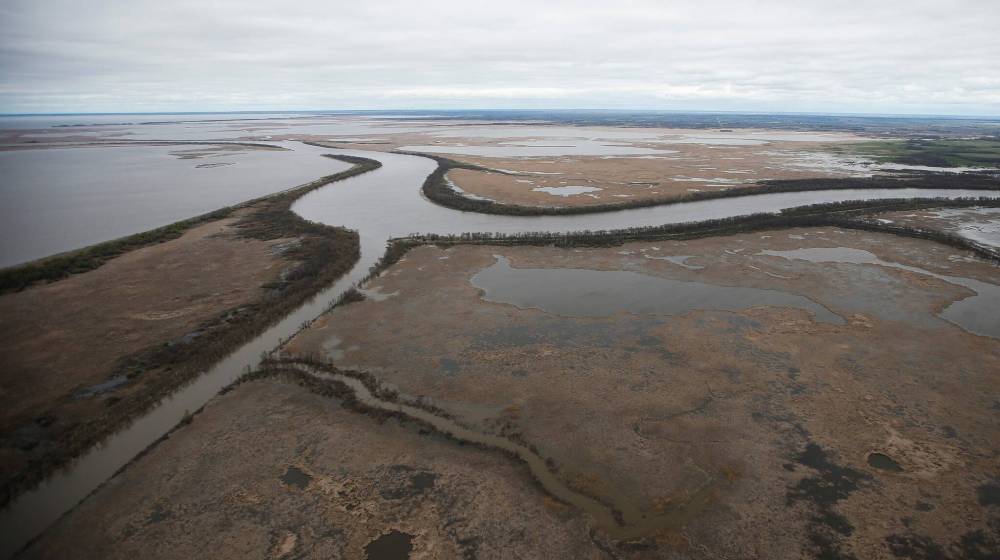Let’s use a pollution solution that works
Advertisement
Read this article for free:
or
Already have an account? Log in here »
To continue reading, please subscribe:
Monthly Digital Subscription
$0 for the first 4 weeks*
- Enjoy unlimited reading on winnipegfreepress.com
- Read the E-Edition, our digital replica newspaper
- Access News Break, our award-winning app
- Play interactive puzzles
*No charge for 4 weeks then price increases to the regular rate of $19.00 plus GST every four weeks. Offer available to new and qualified returning subscribers only. Cancel any time.
Monthly Digital Subscription
$4.75/week*
- Enjoy unlimited reading on winnipegfreepress.com
- Read the E-Edition, our digital replica newspaper
- Access News Break, our award-winning app
- Play interactive puzzles
*Billed as $19 plus GST every four weeks. Cancel any time.
To continue reading, please subscribe:
Add Free Press access to your Brandon Sun subscription for only an additional
$1 for the first 4 weeks*
*Your next subscription payment will increase by $1.00 and you will be charged $16.99 plus GST for four weeks. After four weeks, your payment will increase to $23.99 plus GST every four weeks.
Read unlimited articles for free today:
or
Already have an account? Log in here »
Hey there, time traveller!
This article was published 24/04/2023 (963 days ago), so information in it may no longer be current.
For years, we’ve been told it wasn’t possible, only to find it’s been quietly working for months at the city’s second-largest sewage treatment plant.
Chemical phosphorus reduction, using ferric chloride, has been so successful at Winnipeg’s South End Water Pollution Control Centre that the plant is now releasing effluent with a phosphorus concentration of one-10th its legal limit.
The new provincial wastewater task force should take note.

John Woods / The Canadian Press Files
Netley Creek and The Red River enter Lake Winnipeg just north of Winnipeg. Alexis Kanu is pleased to see chemical phosphorous reduction yield positive results at Winnipeg’s South End Water Pollution Control Centre.
Blowing past the 1 mg/L phosphorus limit set out in its provincial licence, compliance reports for the south end plant show phosphorus concentrations of 0.11 mg/L in January and February of 2023.
I’m thrilled. The solution that the Lake Winnipeg Foundation has been advancing for years — chemical phosphorus reduction — is actually working. Of course, we knew it would, because it already has been working for decades in treatment plants across North America. And now, finally, our own engineers here in the city of Winnipeg have shown they can do it, too.
Which raises a few outstanding questions.
Why has the province continued to pursue an expensive biological nutrient removal system which will take longer to construct, when chemical phosphorus reduction will make our treatment plants compliant faster and for less money?
Why are we still on the hook for an additional $828 million — the current cost of biological nutrient removal at the north end treatment plant, a cost that remains unfunded, and a cost we all know will increase with each passing year — when it’s just been demonstrated that we can meet the phosphorus limit with chemical phosphorus reduction?
These are questions I hope the new task force considers. And questions I’d encourage you, as voters, to ask the MLA candidates who will come knocking at your doors later this year in the lead-up to the provincial election.
Make no mistake, these are urgent questions. I’m writing this in the midst of yet another April snow storm that’s bringing even more water to a Red River Valley already at risk of major flooding this spring. Like all Manitobans, I can’t help but be reminded of the April blizzard of 1997 — the one that precipitated the Flood of the Century.
It was after this flood that the true extent of algal blooms on Lake Winnipeg was finally recognized by scientists and policy-makers. Indigenous Peoples around the lake had been telling us for years, but it was a 1999 research cruise to Lake Winnipeg’s north basin that finally made clear to people in Winnipeg the full extent of the problem. Researchers brought back horrifying pictures of extensive algal blooms that stretched as far as the eye could see — from horizon to horizon.
Still, though we all recognize the problem now, action to address it has been glacially slow.
This is in large part due to Manitoba government staff’s insistence that both nitrogen and phosphorus are responsible for algal blooms — contrary to the best available evidence. Decades of whole-ecosystem research at the IISD-Experimental Lakes Area has shown that freshwater algal blooms can be efficiently and cost-effectively managed by reducing phosphorus alone. This science has been applied around the world to great success, and is also recognized and integrated in Canadian approaches to water management. Joint Canada-Ontario efforts to address algal blooms in Lake Erie, for example, led to a 2018 action plan that unequivocally recognizes that “the root of the problem is excess phosphorus.”
Strangely, as soon as you cross the border into Manitoba, the policy changes. Suddenly, expensive nitrogen reduction is mandated. Biological nutrient removal systems are required in place of simpler, cost-effective chemical processes.
This isn’t evidence-based policy, and it definitely doesn’t make any economic sense.
If the new wastewater task force aims to protect Lake Winnipeg, the path forward is clear. City staff have undeniably demonstrated that chemical phosphorus reduction works in Winnipeg’s sewage treatment plants. Now let’s make it work — seriously and sustainably — at the last remaining plant in need of upgrades. Let’s save ourselves the expense of elaborate pseudo-solutions — and let’s save the lake while we’re at it.
Alexis Kanu is the executive director of the Lake Winnipeg Foundation.
History
Updated on Monday, April 24, 2023 8:10 AM CDT: Fixes byline
Updated on Monday, April 24, 2023 8:47 AM CDT: Fixes formatting


